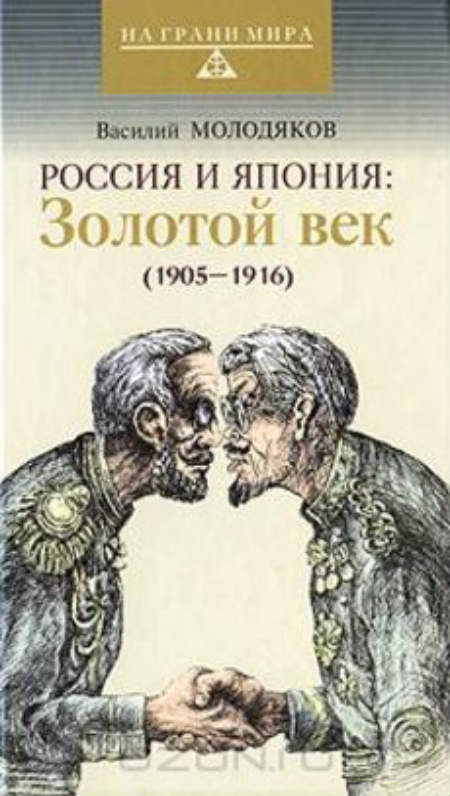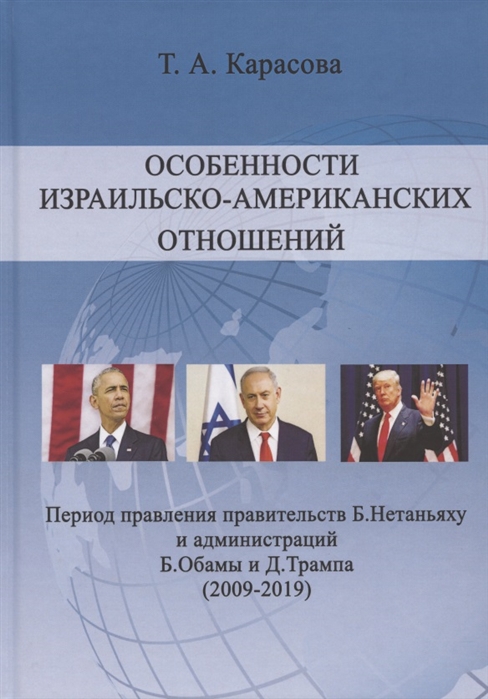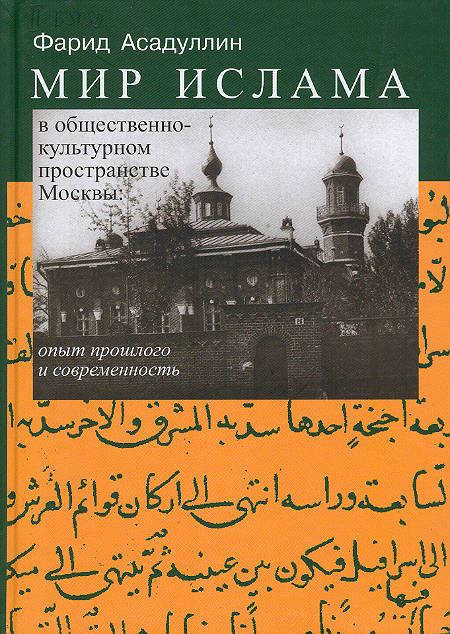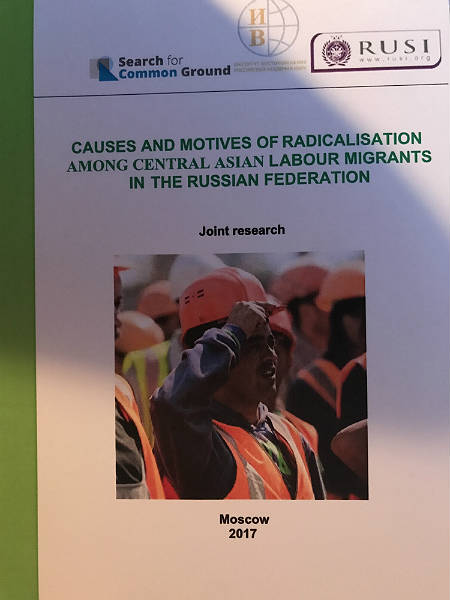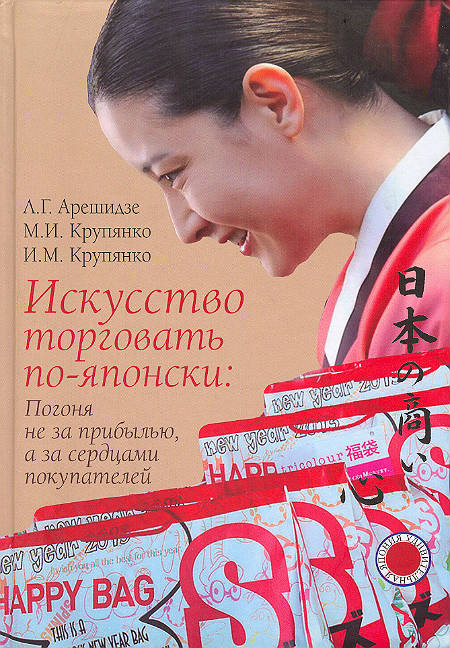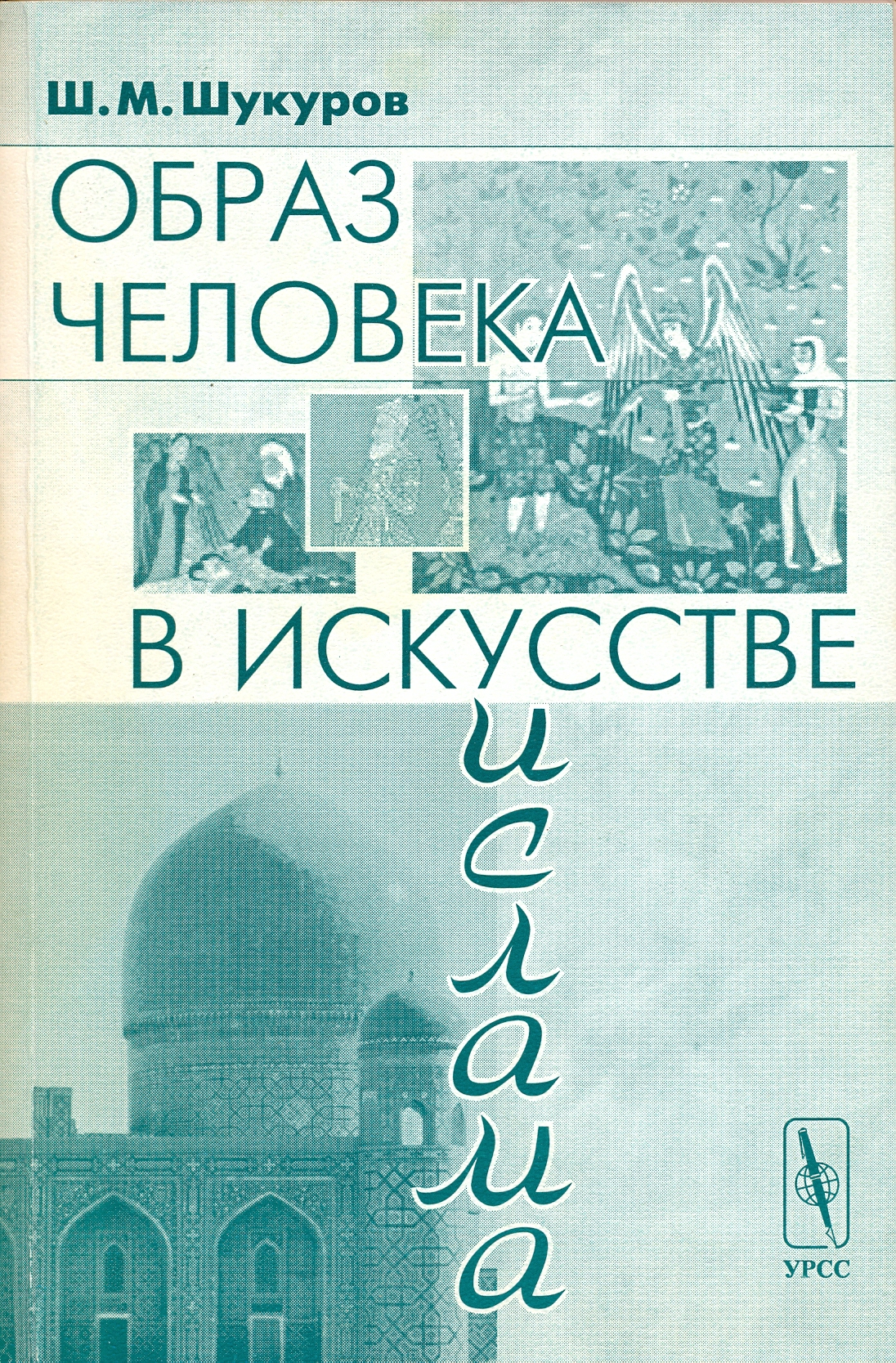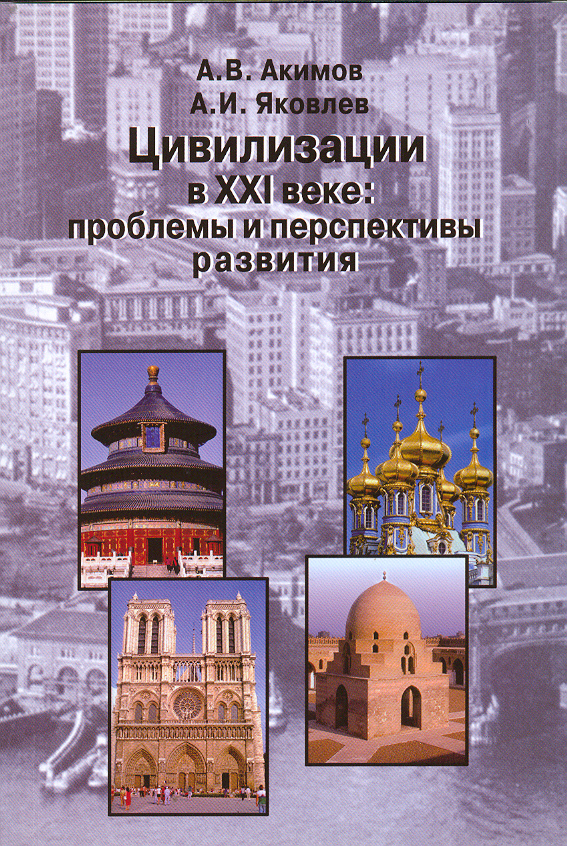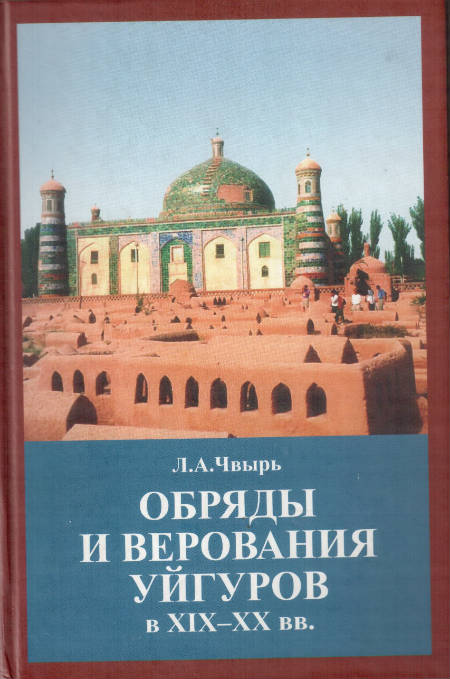Book
Rituals and Beliefs of the Uighurs in the 19th – 20th Centuries (Essays on Popular Islam in Turkestan)
Москва, 2006, 288 p.
The world ethnology has not as yet formed a reasonably consistent idea of the peculiar features that traditional Islam assumed among the Uighurs – the most numerous Turkic people in China. The paradoxiacal situation in Uighuric studies of today is that – while the ancient and early medieval phases of Uighur history (the 1st millennium A.D.), including the Islamization of the Uighurs, are covered in literature quite extensively, and religious-cultural development of the Uighurs in medieval and modern times (the 10th-19th centuries) are also researched into, though to a lesser degree – materials relating to the nearest, “ethnographical” epoch (the 19th – 20th centuries) are scarcest of all, especially in contrast with those describing neighboring Central Asian peoples. The present study is an attempt at filling this gap, at least partly.
Since the main ethnic territory of the Uighurs is, from the mid-18th century, incorporated into China (the Uighur Autonomous Region of Sinkiang, or Xinjiang, also known as East Turkestan) so that no regular field work was conducted there, notes left by Western and Russian travelers who visited Xinjiang in the latter half of the 19th and in 20th centuries remain our principal source of data on Uighur ethnography. Additional ethnological information was collected by the author among Central Asian Uighurs who left Kuldja and Kashgar (western oases of East Turkestan) for Kazakhstan, Uzbekistan, Kirghizstan, Tajikistan and Turkmenistan where they settled in the 19th – 20th centuries (totaling about 250 thousand).
The goal of this monograph is to determine the role played by Muslim culture in daily life and traditional world outlook of the Uighurs, the main focus of the entire work being the study of their “popular”, everyday Islam. The primary methodological principle is comparison of the Uighur data with their Central Asian analogues, as long as, from the historical-cultural standpoint the Uighurs, who form the dominant indigenous settled population of East Turkestan, and the peoples of Central Asia have of old been parts of a single cultural zone, Turkestan. Concrete tasks of the author were defined in accordance with the goal and focus of the work: firstly, to compile descriptions of the most typical forms of Uighuric popular Islam from the incomplete fragments at our disposal; secondly, to determine the ratio of Islamic and pre-Islamic elements in those forms; thirdly, to examine the cultural unity of part of Uighurs, Uzbeks and Tajiks, which constitutes a typical and significant element of the common cultural genesis of Turkestan.
The book consists of several sketches. Foreword is followed by a historiographical essay, “Ethnic and Religious Processes in East Turkestan in the 1st-2nd Millenia A.D.”. This essay correlates the periodization of ethno-cultural history of East Turkestan’s population accepted in Oriental studies with the key episodes of the Uighurs’ Islamization in the 1st-2nd millennia A.D., demonstrating that the key phases of their ethnic and religious development match. Besides, the essay highlights numerous asynchronous examples of Turkic-Iranian cultural interaction, which add up to a tendency of a gradual shaping (in the course of the 1st-2nd millennia) of a zone of Turkic-Iranian cultural synthesis in the central area of Turkestan.
Several sketches that follow characterize the most salient features of the Uighuric popular Islam: (1) Family rituals (pertaining to women and children) presenting one of the most conservative spheres of Uighur national life are compared to a wide range of corresponding practices among neighboring peoples – both kindred Turks and others, including the Chinese, Mongols and Persians. (2) The second sketch gives a detailed account of the Uighuric custom of men’s assemblies, which goes back to primitive times but still plays important functions in many later cultures, including Turkic-speaking Muslims of Central Asia of the 19th-20th centuries. This chapter also discusses the forms assumed by this custom in the Buddhist, Zoroastrian and Sufic traditions. (3) The next chapter presents the local shamanism, a strikingly vivid and unusual phenomenon of traditional popular culture of the Uighurs, which demonstrates a unique symbiosis of Islam and pre-Islamic cult that managed to blend into the context of Islamic way of Life and into national mentality. (4) Finally, the last essay deals with the cult of saints and their shrines (mazars) that was extremely widespread among the masses and formed a most important component of popular Islam in East Turkestan. Analysis of data on holy places situated mainly in the area settled by the Uighurs lead us to two conclusions. Firstly, despite the variety of mazars, they all form a single system – a sort of sacred Muslim space which comprises, in addition to Muslim objects proper, many “Islamized” pre-Islamic shrines (most often Buddhist ones). Secondly, the mazars of East Turkestan are more than just comparable to Central Asian Muslim shrines – they are indispensable part of the all-Turkestan mazar system. It is not accidental that, among the most important sacred structures of the region (a triple pilgrimage to one of these places was, in the popular opinion, equal to a hajj to Mecca), the shrine of Ja’far Sadiq near Khotan and the mazar of Appak-hajji in the Kashgar Oasis are mentioned side by side with the shrines of Baha ad-Din Naqshbandi in Bukhara, of Ahmad Yasawi in the city of Turkestan and of Tahti Suleiman in the city of Osh.
The main conclusions of this study may be grouped around two principal issues, each of which is discussed in a short analytical essay. The first of these is titled “Islam and the Pre-Islamic Beliefs among the Uighurs: A Synthesis or a Symbiosis?” Normally, the relation between the Muslim and pre-Muslim elements is viewed in terms of a quantitative ratio; here, it is analyzed qualitatively. Three stable models of such correlation have been identified: (a) a parallel, independent (and not detected consciously) coexistence of functionally similar Muslim and pre-Islamic (by origin) rituals; (b) an Islamic ritual with a few “pre-Islamic” details (which either remained unchanged or have already been transformed and reinterpreted in the spirit of Islam); (c) an archaic, pre-Islamic rite that have retained both its content and form, though the latter exists under the guise of Islam (in this connecton, the ways of popular “Islamization” of old rites is of interest).
It turned out that, among all of the three settled peoples, the Islamic – pre-Islamic symbiosis in several different forms (recognized only partly or not at all) is a predominant pattern, whereas the cases of ritual synthesis are quite rare. This kind of qualitative correlations is obviously a typical feature of popular Islam of all settled populations of Turkestan, being in full correspondence with archaic mentality that was largely prevalent among them in the 19th – early 20th centuries.
The second analytical sketch, “On Cultural Unity of the Settled Turkestan Peoples”, is also based on the material discussed in the monograph. It demonstrates some diverse kinds and types of likeness, affinity, direct and typological cultural unity of Uighurs (especially those living in the western and southern oases of the Tarim Basin), Uzbeks and Tajiks of the central and eastern regions of Central Asia (the Ferghana Valley, the Seven Rivers area, the Tashkent Oasis, the Zeravshan Valley, etc.).
In fact, all of the three indigenous settled peoples of Turkestan, despite marked differences between their languages and pronounced ethnic identity peculiar to all of them, were subjected to Islamization to a roughly uniform degree, displaying nearly the same principal forms of popular Muslim culture. The structure, attributes, “dramatis personae” and sometimes even terminology of the main ritual cycles pertaining to family (e.g., children) show a strong likeness. The forms of “saints” worship, their “pantheon”, the ritual practices of the “zierats”, the main types of mazars, etc. are also similar. The set of pre-Islamic relicts – mostly archaic and Zoroastrian – that survived in different spheres of life among the settled populations all over Turkestan is also very uniform. The above-ascertained uniform ratio of Islamic and pre-Islamic elements in the traditional culture of the settled inhabitants of Turkestan similarly indicates a uniform degree of their Islamization in the 19th-20th centuries. Lastly, the close contacts between Sufi preachers of Middle Asia and East Turkestan, regular migrations of hajjis from Ferghana to Kashgar and vice versa (especially in the 16th-18th centuries) demonstrate and, to a certain extent, explain the apparent similarity of form and the considerable likeness of content assumed by popular forms of Islam among the three settled peoples of Turkestan.
The extremely interesting “Iranisms” in rituals and customs of the Uighurs are also – as we were able to ascertain – far from being unique to their culture; it would be more correct to speak of a peculiar suprathnic community of settled indigenes sharing common culture that have formed in Turkestan. Its historical core was the Turkic-Iranian synthesis that emerged here and had been developing in the course of the 1st – 2nd millennia A.D., transforming into a culture that became common to the three ethnic groups (there are several local variations, of course).
In other words, the speciefics of popular Islam in the oases of East Turkestan and in the settled zone of Middle Asia are so similar in their essential parameters that we are entitled to affirm the absence of “ethnic” variants of Islam in the region in question. Instead of such variants, we observe a common, all-Turkestan Islam having a very complex structure: on the one hand, it consists of “high”, “bookish” and “vulgar” strata that affect each other. On the other hand, the latter stratum may be subdivided, thus far hypothetically, into the “popular” Islam of the settled populations of Turkestan (Uighurs, Uzbeks, Tajiks), Islam that took its shape among the Kipchak Turks (Kazakhs, some Kirghizes, nomadic Uzbeks, Karakalpaks), and Islam as practiced by the Oghuz Turks (Turkmens and historically related Azerbaijanis and Anatolian Turks).
As for the concrete role Islam plays in Uighur life, all subject matter presented in this book demonstrates that Islamic notions, legends and myths, Qur’anic personae – to say nothing of religious dogmata precepts of the shari’a and customs – form the main context of their being and world outlook. The various and numerous pre-Islamic relicts, which survived and continue to function in different spheres of Uighur life, are normally incorporated by national mentality into the Islamic picture of the world. This gives us the right to regard popular Islam as the pivot of traditional culture of the Uighurs.


